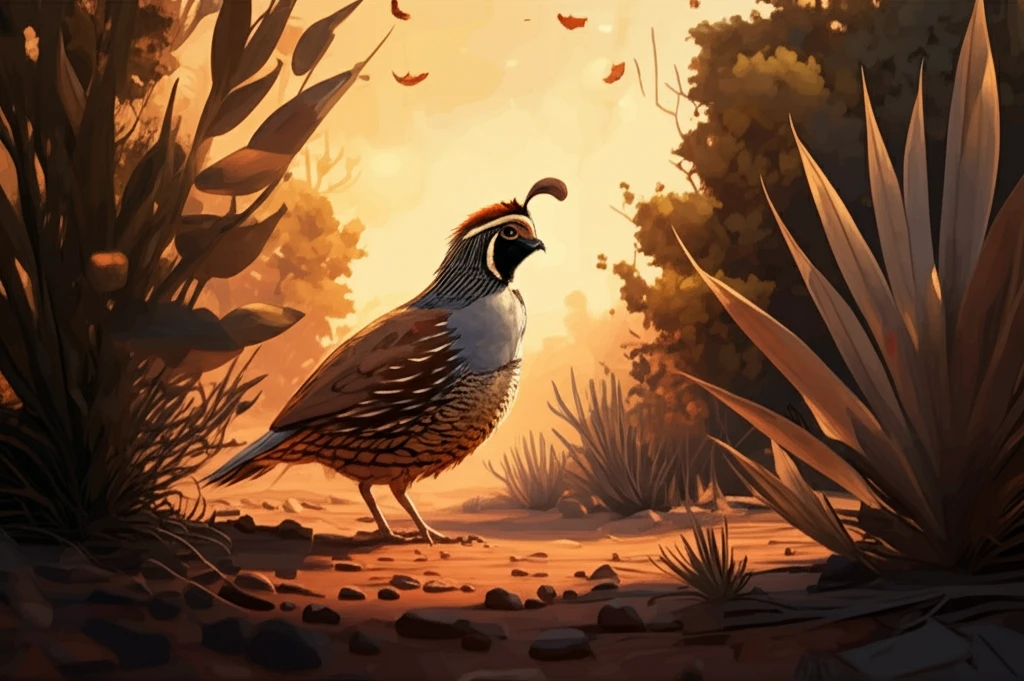
Hot or Not? How Ground Temperatures Affect Bobwhite Quail Survival
"Uncover how microclimates and temperature choices impact northern bobwhite quail in a warming world."
In a world grappling with climate change, understanding how animals adapt to rising temperatures is more crucial than ever. For endothermic creatures like the northern bobwhite quail, maintaining a stable body temperature is a constant challenge, especially in the harsh conditions of semiarid environments. These birds often find themselves at the very edge of their thermal tolerance, making their survival a delicate balance.
A recent study published in Ecosphere sheds light on the critical role of ground surface temperature and black globe temperature in the resource selection of northern bobwhite quail. By examining how these birds choose their habitats based on temperature, researchers are uncovering vital clues to help ensure their survival in a warming world. This knowledge could prove essential for conservation efforts aimed at protecting these vulnerable populations.
The research delves into several key questions: What are the temperature limits that bobwhites can tolerate? Is ground surface temperature a better indicator of their environment than black globe temperature? And how does the time of day influence their choices of thermal resources? The answers to these questions offer a comprehensive view of the thermal ecology of these birds and highlight the importance of considering microclimates in conservation strategies.
Decoding Bobwhite Temperature Preferences: Why Microclimates Matter

Researchers tracked 40 radio-marked bobwhites over three years, from April to September, in a semiarid region of Texas. At each location where a bird was found, they measured both ground surface temperature and black globe temperature. Black globe temperature is a measure of radiant heat, while ground surface temperature reflects the conductive heat experienced directly from the ground. These measurements were taken not only at the bird's location but also at a random spot 20 meters away, providing a comparison between chosen and available environments.
- Temperature Tolerance: Bobwhites preferred areas with black globe temperatures between 24.5°C and 42.5°C and ground surface temperatures between 23.0°C and 39.5°C.
- Combined Temperature Index: A combination of black globe and ground surface temperatures was a better predictor of bobwhite habitat selection than either measure alone.
- Daily Temperature Regulation: In the early afternoon, bobwhite locations were significantly cooler, with black globe temperatures 13°C lower and ground surface temperatures 18°C lower than random locations.
What This Means for the Future of Bobwhites
The study's results have significant implications for the conservation of northern bobwhite quail. As climate change continues to drive temperatures upward, the availability of suitable thermal cover becomes even more critical. The research suggests that managing landscapes to provide a variety of microclimates—including areas with reduced solar radiation and conductive heat—can help bobwhites cope with increasing temperatures. This might involve preserving or creating woody plant thickets that offer shade and reduce ground surface temperatures. By focusing on the thermal needs of these birds, conservation efforts can better ensure their long-term survival in a changing world.
